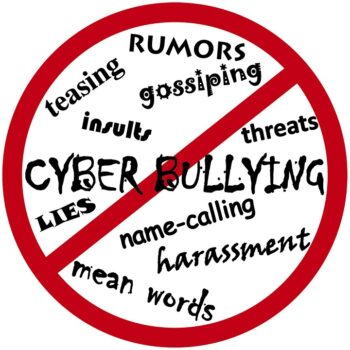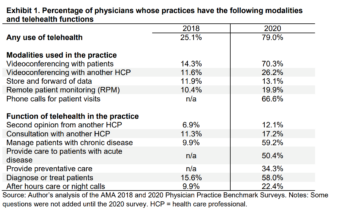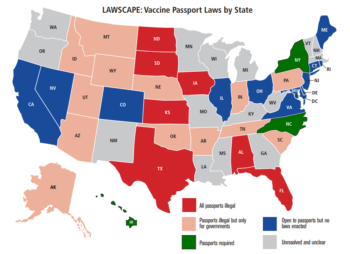Workplace substance abuse remains a major challenge for workplaces. Although sound in principle, the traditional zero tolerance policy is ill-suited to the legal complexities of the modern world. This is especially true in states that have legalized marijuana. You can still take a clear and firm line on employee drug and alcohol abuse for the purpose of health and safety. But … [Read more...] about Model Policy: Substance Abuse and Fitness for Duty
How to give your analog workplace harassment policy a digital makeover
One of the only nice things about the pandemic is the relief it’s provided from workplace harassment. After all, employees are far less vulnerable to workplace harassment when they work from home. Right? Absolutely wrong!!! Since the pandemic began: More than 4 in 10 U.S. workers (41 percent) reported that they’ve been subjected to some form of digital harassment (Pew … [Read more...] about How to give your analog workplace harassment policy a digital makeover
Model Code of Conduct for Virtual Meetings
Far from eliminating workplace harassment, telecommuting has only caused it to morph into digital forms. As a result, medical offices and other employers need to tweak their harassment policies to deal with the new face of harassment. The virtual meeting, in particular, has become the digital age version of the holiday office party where employees feel emboldened to do and say … [Read more...] about Model Code of Conduct for Virtual Meetings
Telehealth utilization plateaus but pandemic surges are still a game changer
Digital technology has laid the groundwork for the long-term shift of medical care from in-person to virtual settings. And while it didn’t start the movement, the COVID-19 pandemic certainly accelerated it. The American Medical Association’s latest Physicians Practice Benchmark Survey offers new insight into the extent and direction of physician practice utilization of … [Read more...] about Telehealth utilization plateaus but pandemic surges are still a game changer
Model Medical Office Workplace Vaccine Passport Policy
Although courts have yet to weigh in on the issue, guidelines from the US Equal Employment Opportunity Commission and other regulatory agencies indicate that employers may implement vaccine passports if they perform a workplace assessment and determine that limiting entry to the vaccinated is a necessary health and safety measure to prevent an imminent risk. Employers must also … [Read more...] about Model Medical Office Workplace Vaccine Passport Policy
5 things to do when implementing a vaccine passport policy at your medical office
Like many other health providers, you might have been undecided about whether to mandate that your employees get the COVID-19 vaccine. However, now that the FDA has fully approved a coronavirus vaccine, namely, the Pfizer BioNTech, you are on much stronger legal ground in requiring that employees get vaccinated. One strategy that may work, especially for offices that aren’t … [Read more...] about 5 things to do when implementing a vaccine passport policy at your medical office
Model Medical Office Employee Remote Monitoring of Telecommuters Policy
Letting employees telecommute poses significant operational and management challenges to employers, not the least of which is ensuring that employees are actually doing their jobs and meeting expected productivity standards when working from home. Software, apps and other monitoring technology can go a long way in meeting this goal; but it can also get you into hot water under … [Read more...] about Model Medical Office Employee Remote Monitoring of Telecommuters Policy
Model Medical Office Enhanced Cleaning and Disinfection Policy
The U.S. Centers for Disease Control and other public health organizations mandate that employers take additional cleaning and hygiene measures during the pandemic. Here’s a Model Policy you can adapt for your own use based on your specific circumstances and applicable local and specialty rules. … [Read more...] about Model Medical Office Enhanced Cleaning and Disinfection Policy
Tool: Voluntary COVID-19 Vaccination Policy
It is important to ensure that your medical office staff get vaccinated against COVID-19 to protect not only themselves but also co-workers, patients and others at your facility. But what if workers neglect or just plain refuse to be vaccinated? There are two basic options: Option 1: Require staff to be vaccinated Option 2: Encourage staff to be vaccinated … [Read more...] about Tool: Voluntary COVID-19 Vaccination Policy
Model Social Distancing Policy
As the pandemic drags on, medical offices and other essential businesses that remain open must be scrupulous to ensure employees maintain social distancing both at and away from the workplace. Here’s a Model Policy you can adapt to accomplish that objective in accordance with your specific circumstances and the terms of the latest public health guidelines in effect in your … [Read more...] about Model Social Distancing Policy








